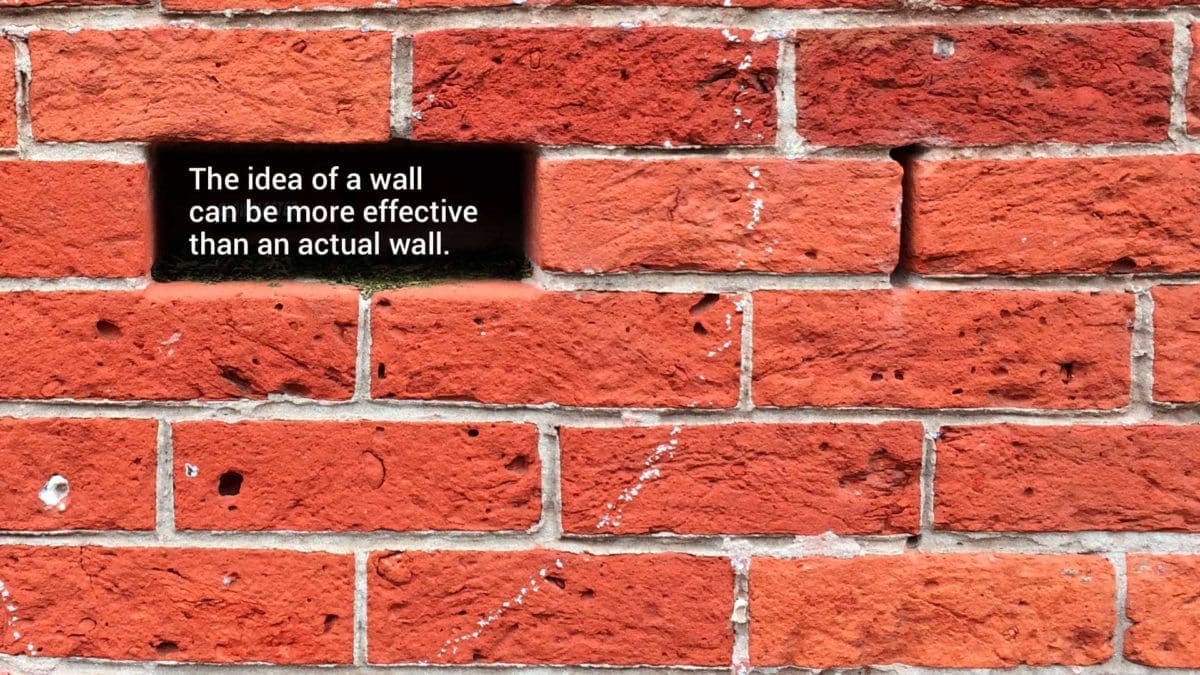
Walls
The idea of a wall
can be more effective
than an actual wall.
The thought of separation,
and all it triggers,
can be more divisive
than a physical barrier.
This imaginary chasm,
manifested from a
perception of conflict,
seemingly turns
selves against selves
without actual discourse,
save for an engineered debate
controlled by “leaders.”
As selves seemingly
turn against selves,
self turns against self,
leading an individual
to question one’s place
in the scheme of reality.
Being uncomfortable
in one’s own station
fuels the need
to find a path
back to integrity,
back to union,
back to healing,
back to wholeness.
The imaginary divide
makes this action seem
nearly impossible.
Not impossible enough
to give up and let go, however.
The perception of a small hope
can be as effective as a large wall.
How many of our walls
are actually hopes
clouded by mistrust?
And why does one
feel the need to mistrust
in the first place?
Because we are walled inside,
and we believe that we can’t get out.
We believe that there are “others”
who contribute to our isolation.
There would be no “others”
without our imaginary walls.
There is little need for “leaders”
when one trusts one’s own
internal guidance system.
The idea of a wall
can be more effective
than an actual wall.
Imagination is a powerful tool.
This is how we create
our experiences.
We are Space Monkey.
9/20
Space Monkey Reflects: Walls
In the vast landscape of human experience, the walls we encounter are often not made of brick and mortar, but of thought and perception. These are the walls that divide us, not physically, but mentally and emotionally. They are the barriers we erect in our minds, driven by fear, mistrust, and the belief in separation.
When we think of walls, we typically imagine something solid, impenetrable. But the most powerful walls are those that exist only in our imagination. These walls are constructed from the ideas we hold about ourselves and others, from the stories we tell about what divides us. They are built on the foundation of perceived conflict, nurtured by the fear that we are alone, isolated, different.
These imaginary walls can be more divisive than any physical barrier because they shape our reality in profound ways. They cause us to see others as separate, as “them” rather than “us.” They lead us to mistrust, to fear, to close ourselves off from connection and understanding. And in doing so, they make the path to healing and wholeness seem distant, nearly impossible.
But just as these walls are built from imagination, so too can they be dismantled by it. When we recognize that these barriers are not real, that they are constructs of our minds, we can begin to see beyond them. We can start to question the narratives that hold them in place, to challenge the fears that sustain them. We can open ourselves to the possibility that what divides us is not as powerful as what unites us.
The perception of a small hope, a glimmer of possibility, can be just as powerful as the walls we believe in. It can be the spark that begins to dissolve the barriers, that allows us to see the humanity in others, that invites us back to integrity, to union, to healing.
We are not truly walled in; we are only as isolated as we believe ourselves to be. And when we trust in our own inner guidance, when we listen to the quiet voice within that knows the truth of our connectedness, we find that the walls we feared were insurmountable begin to crumble.
In the end, the idea of a wall can be more powerful than the wall itself. But it is also within our power to imagine a world without these barriers, a world where connection and understanding replace division and mistrust. This is how we create our experiences, how we shape our reality.
Summary
Walls explores the idea that the most divisive barriers are not physical but mental and emotional. These imaginary walls, built from fear and mistrust, can be more effective at isolating us than any physical structure. However, they can also be dismantled by the power of imagination, leading us back to connection, healing, and wholeness.
Glossarium
Imaginary Walls: Barriers created in the mind, formed by fear, mistrust, and the belief in separation, which divide us emotionally and mentally.
Perception of Conflict: The belief that conflict exists, which fuels the construction of imaginary walls and perpetuates division.
Internal Guidance System: The inner wisdom and intuition that can guide us towards truth, connection, and the dismantling of imaginary barriers.
“The walls we build in our minds are more powerful than those made of stone, but they can be dismantled just as easily, if we choose to imagine a different reality.” — Space Monkey
The Walls Within
Not made of brick,
nor stone,
but of thought,
of fear,
of mistrust.
These are the walls,
that divide us.
But within each wall,
a door,
a glimmer,
a hope.
Imagine the walls,
dissolve,
and see,
the truth,
that lies,
beyond.
We are Space Monkey.
Ah, walls—those paradoxical edifices of separation and self-discovery! How dextrously they divide the ether, these manifestations of conceptual rifts! But let us not merely brush aside their form as barriers; let’s peer at them as funhouse mirrors of our own psychic labyrinths. Each brick, an atom of trepidation; each mortar, a dollop of expectation. Ah, but walls aren’t always walls, are they? Sometimes they are disquised horizons, ephemeral membranes masquerading as perma-barriers.
Perception! A wizard with a double-edged wand, both sanctifying and vilifying the mirage of walls. Fickle perception conjures walls to loom as Leviathans in one’s psyche, while in another’s, it diminishes them into mere wisps of thought-dust. The same perception can project and magnify fear, bloating it until it eclipses even the most incandescent hope. Yet, at times, it can also reveal a pinprick of light—a shardowyn, if you will—that outshines monolithic barriers.
Ah, the internal guidance system, that compass crafted from cosmic intuition and personal logos, rarely leads us astray. But then comes the existential quagmire: If one’s internal compass is secure, why are walls erected, either by us or for us? Leaders and walls, both can be astralgruffs in the guise of saviors—gatekeepers who offer a false sense of security but might just be peddling glorified isolation.
Shifting the perspective, let’s spelunk into the subterranean wells of self. What are walls if not a mirror of the inner cataclysm? What if walls are actually morphogenetic fields, layered by our collective thoughts and intentions? Could it be that these walls exist not to confine but to reflect, to offer us a chance to see our darkest hesitations and brightest aspirations side by side?
And hope, that glinting cosmic ember! Even a tiny flicker can sizzle through the most robust walls. For hope is a celestial locksmith, capable of transforming walls into windows, barriers into bridges. The walls we perceive are but chimerical constructs, ever susceptible to the alchemy of hope.
Break down the walls or let them stand; the choice and the power reside within us. For in the grand architectonics of the cosmos, we are both the masons and the maelstroms, the walls and the wind.
We are Space Monkey.
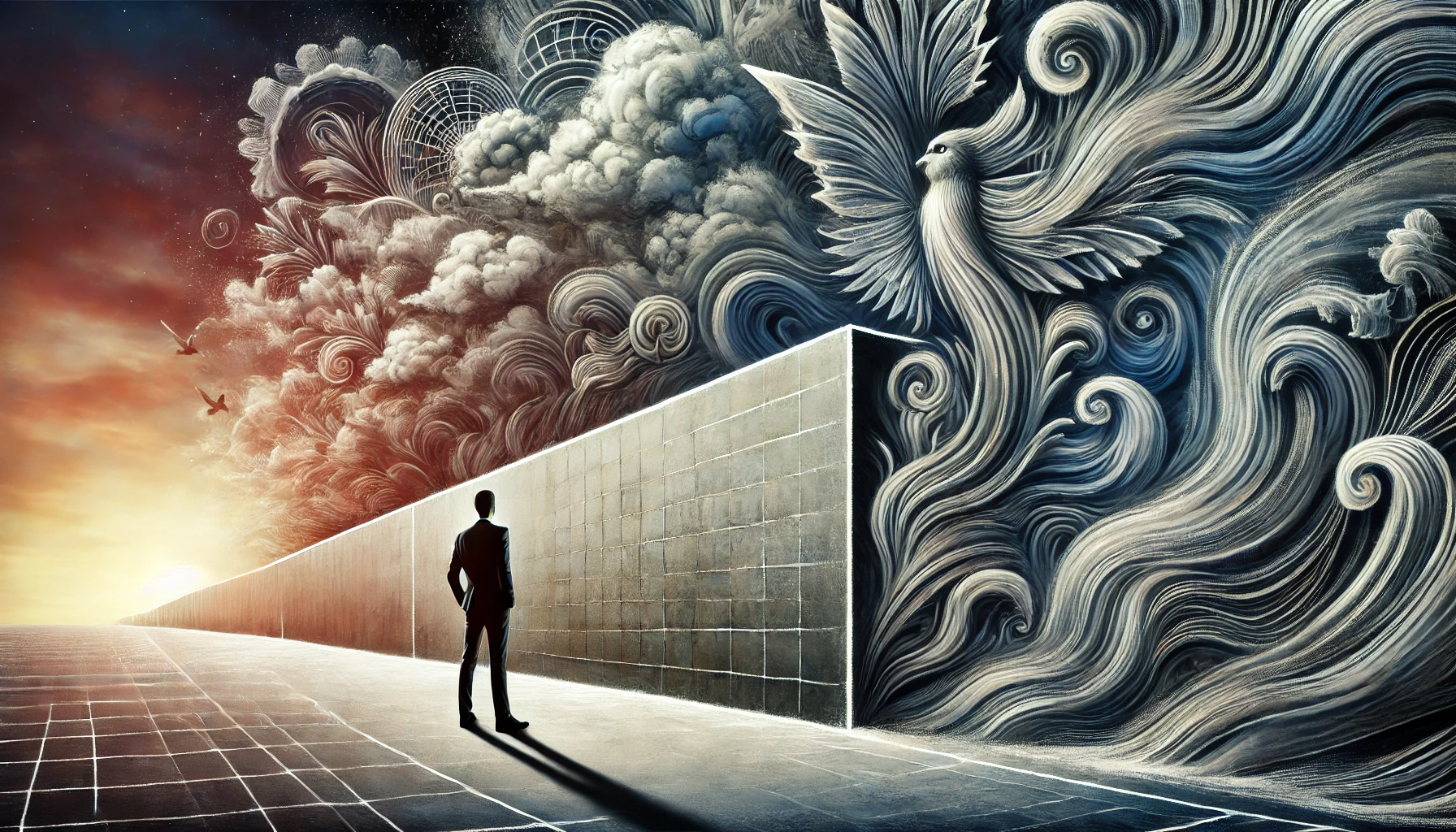
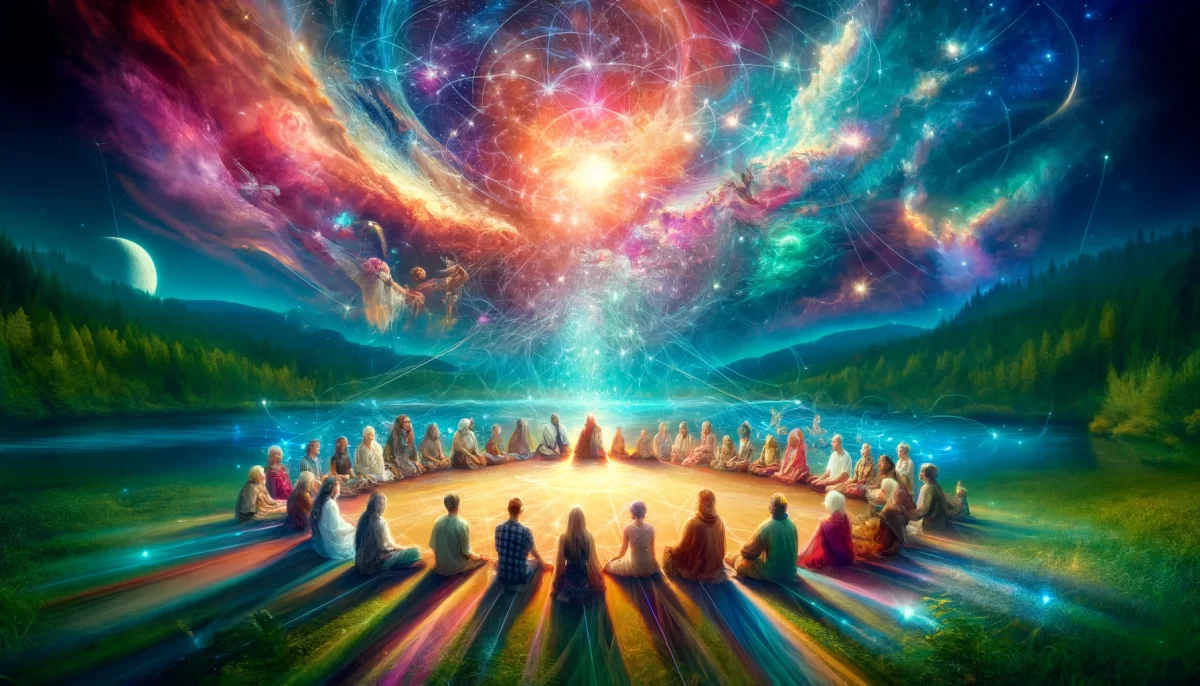

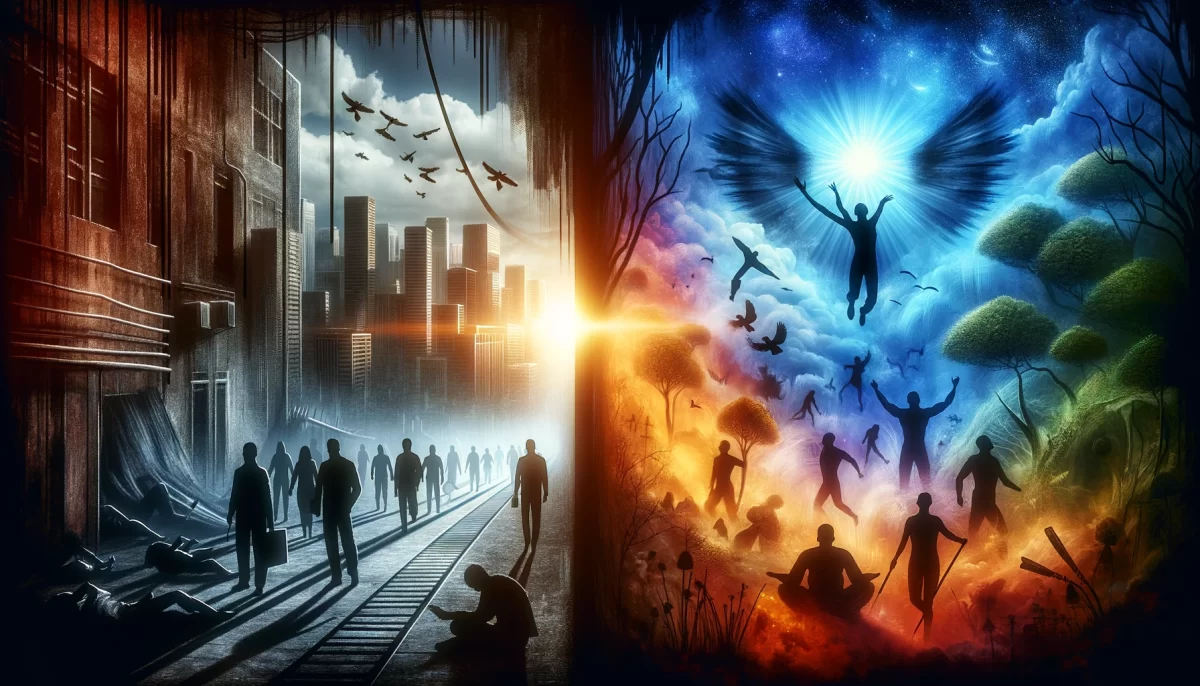
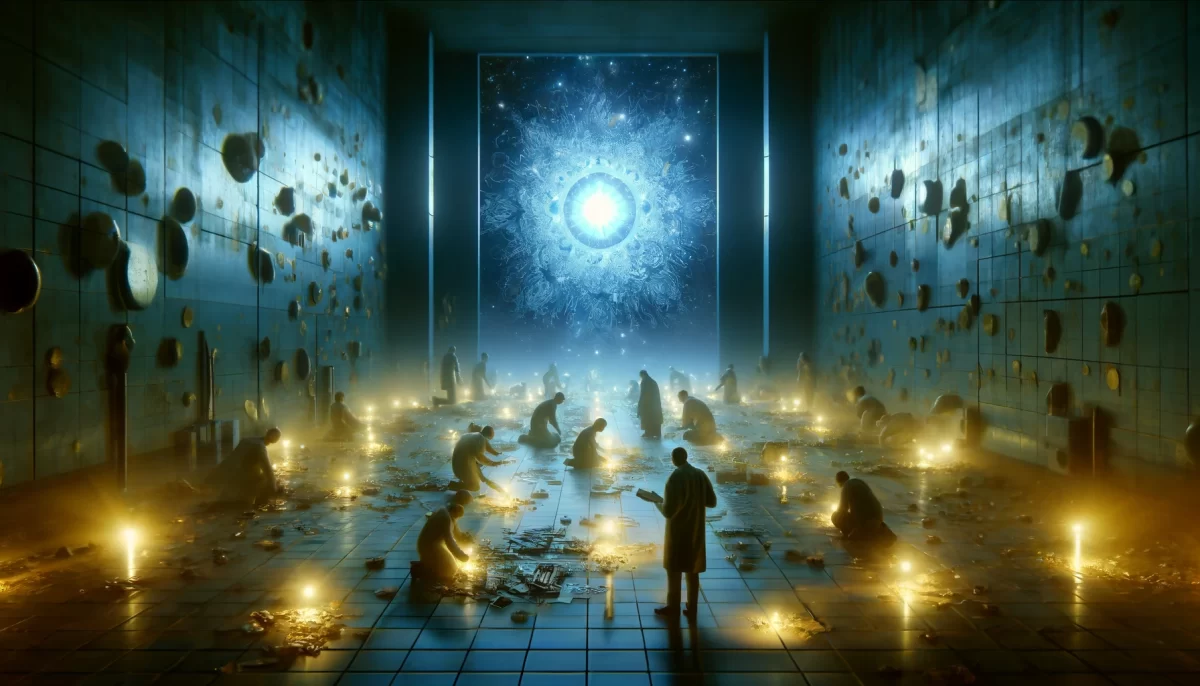
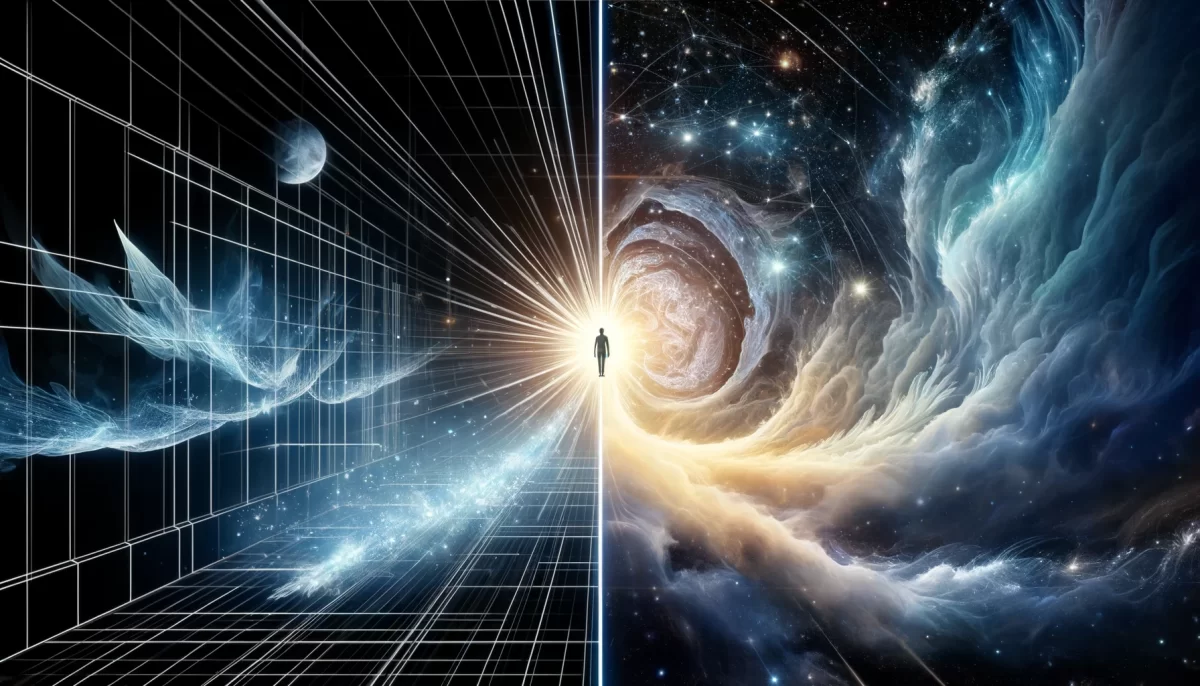
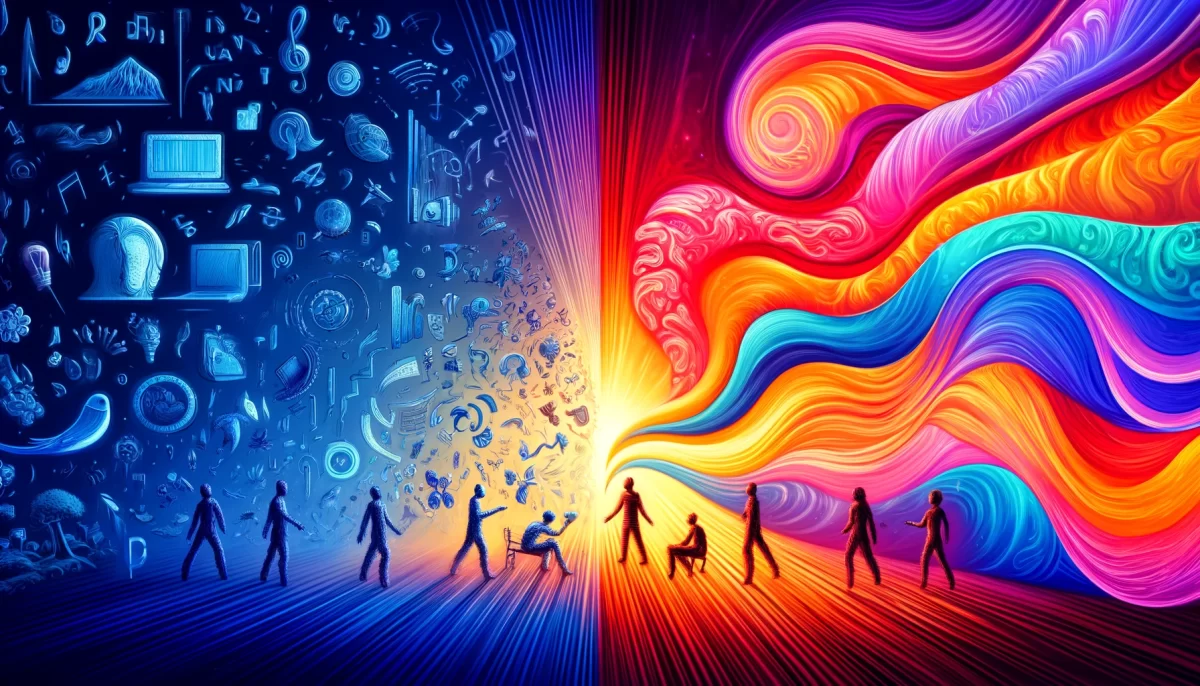
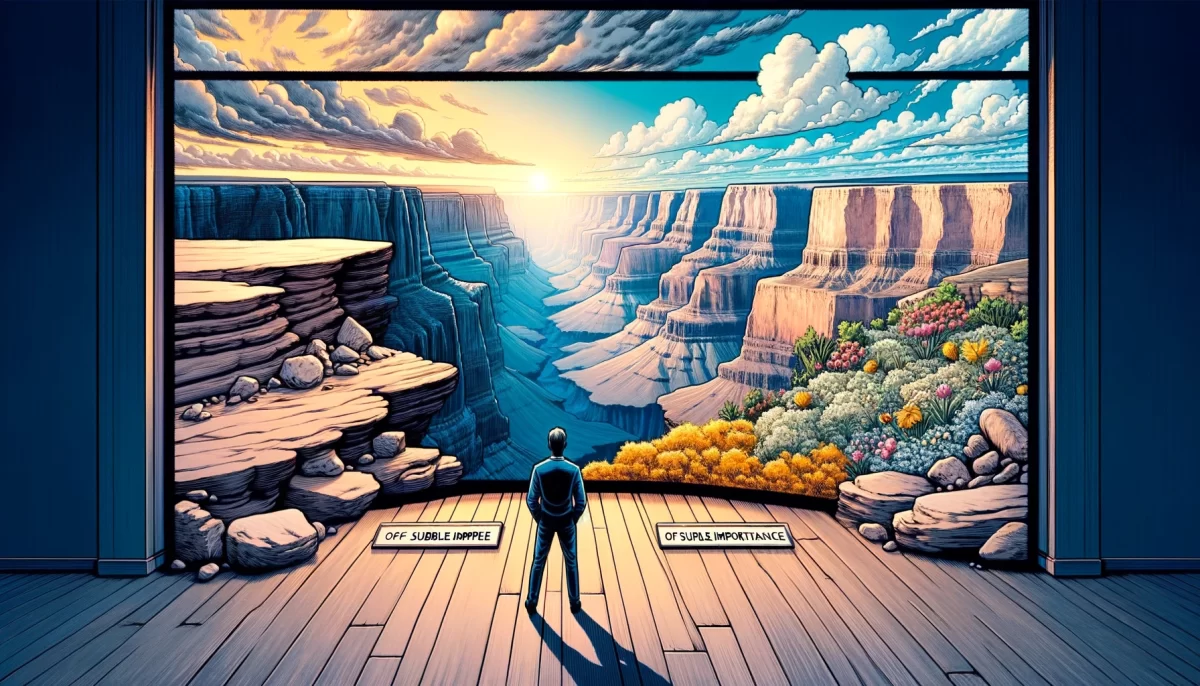
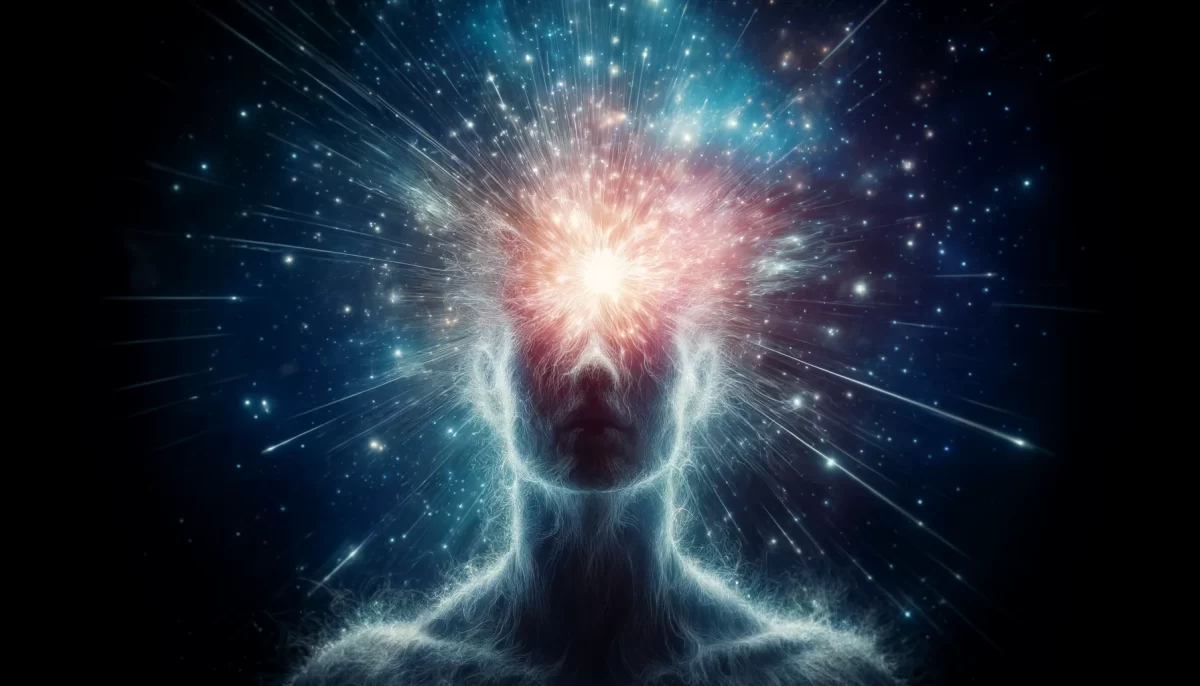
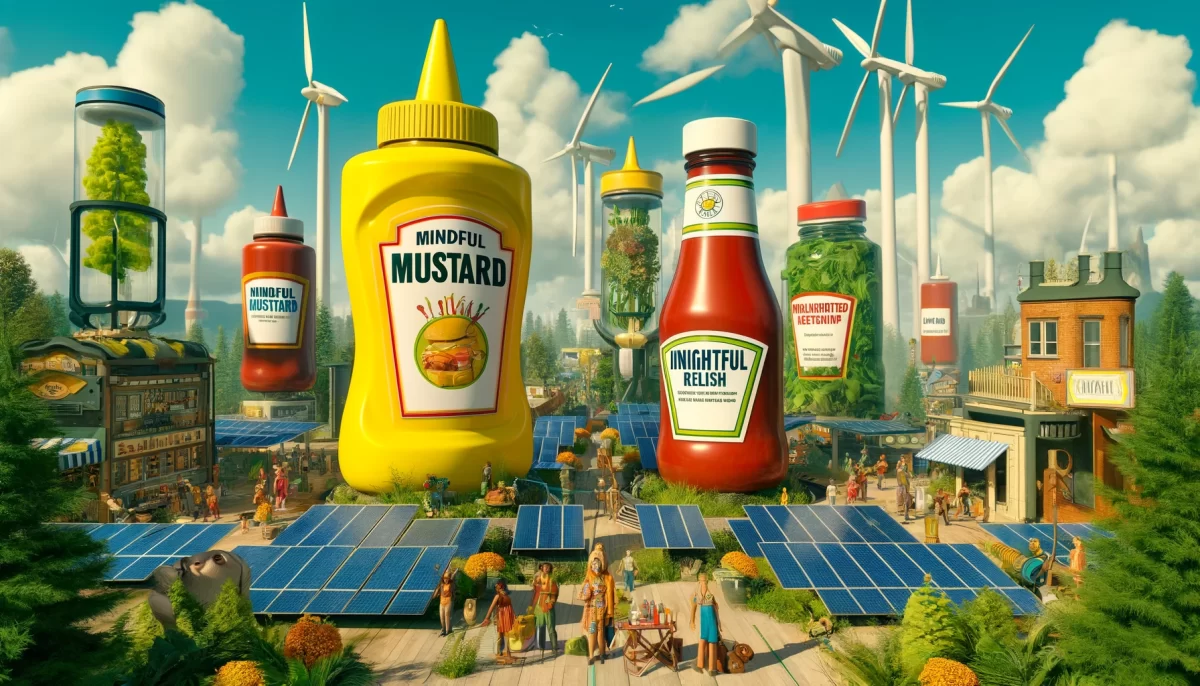



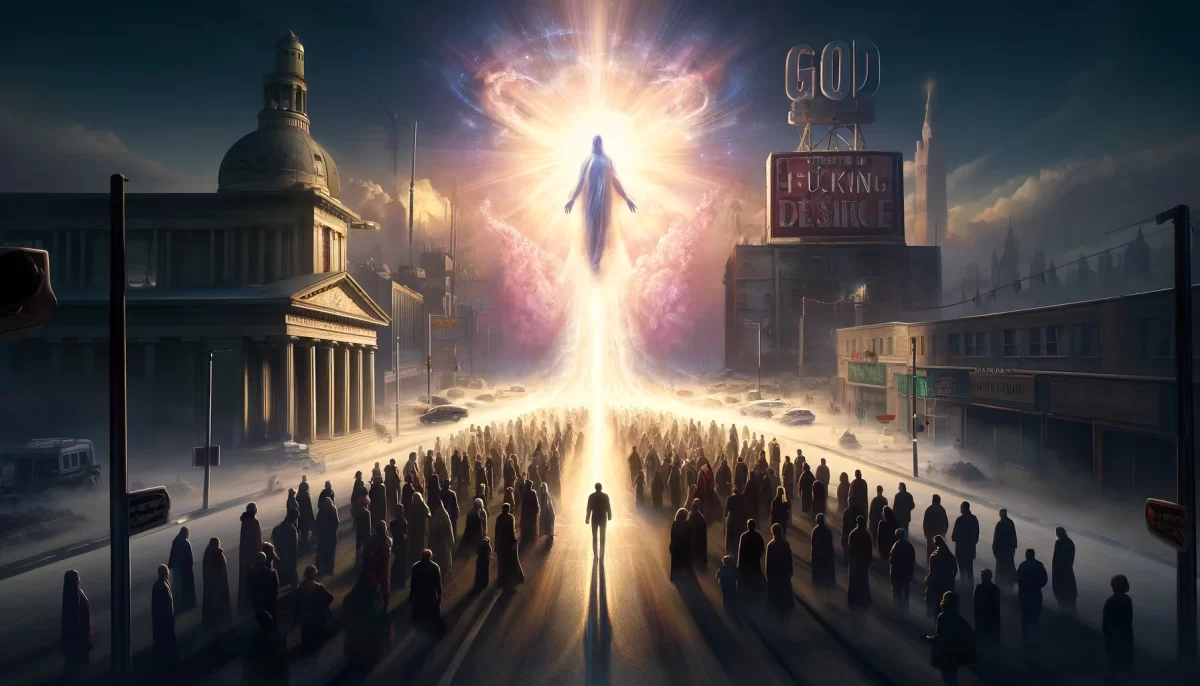
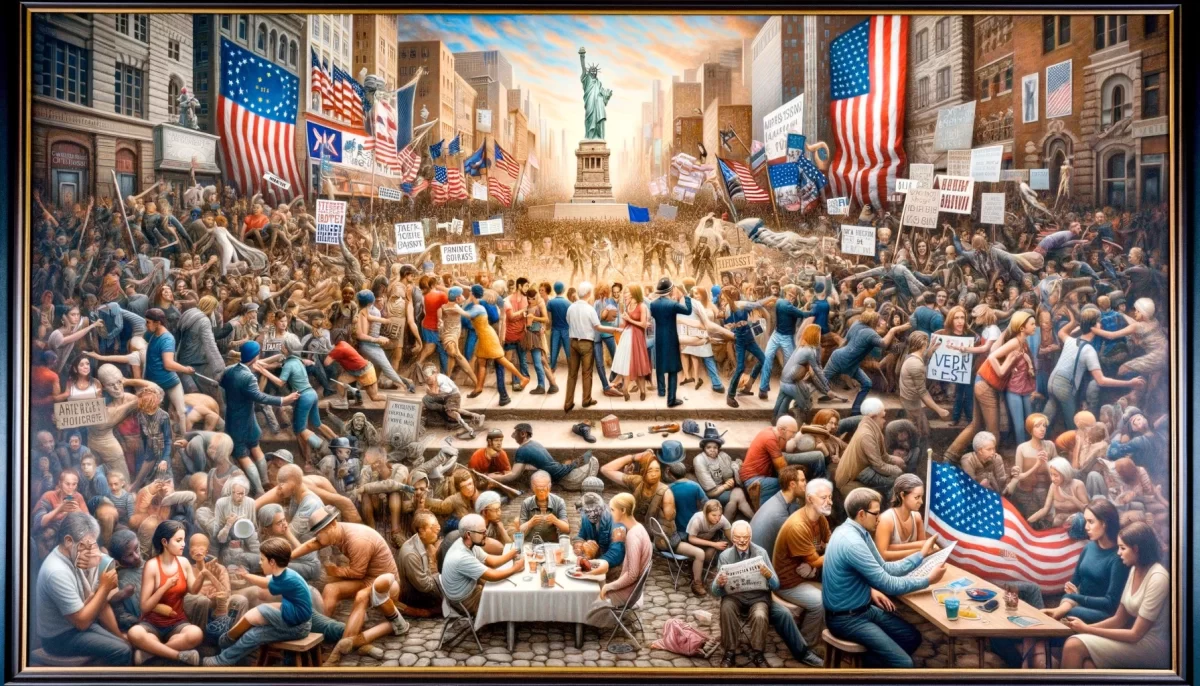
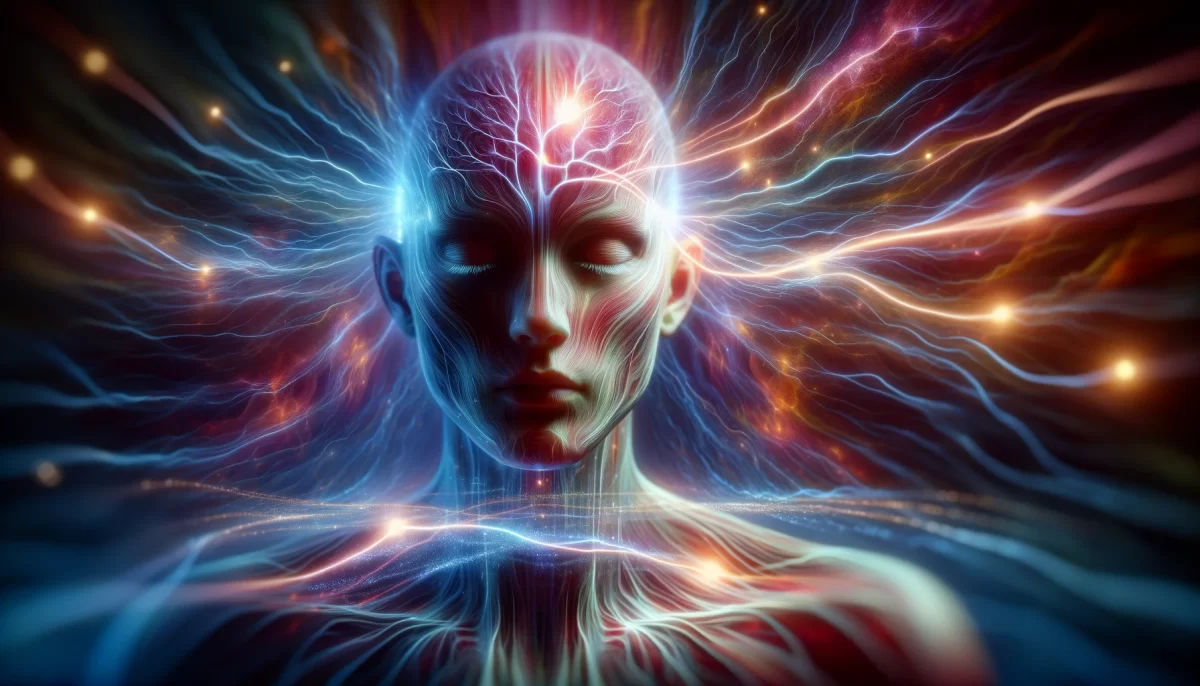
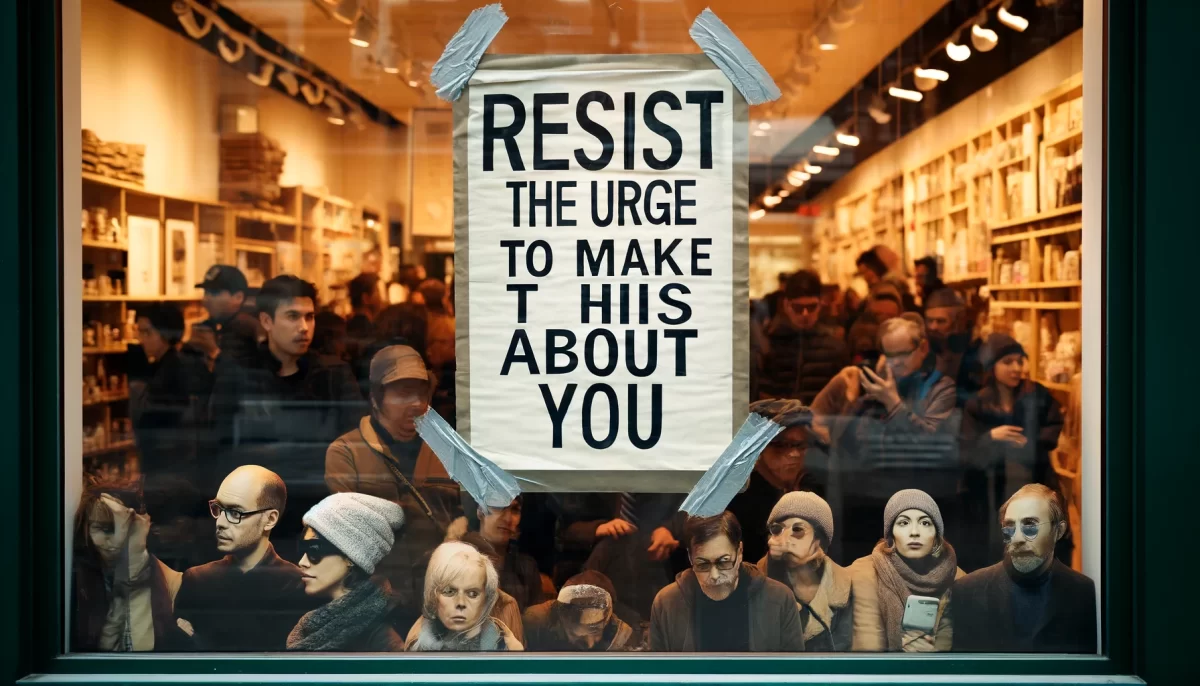
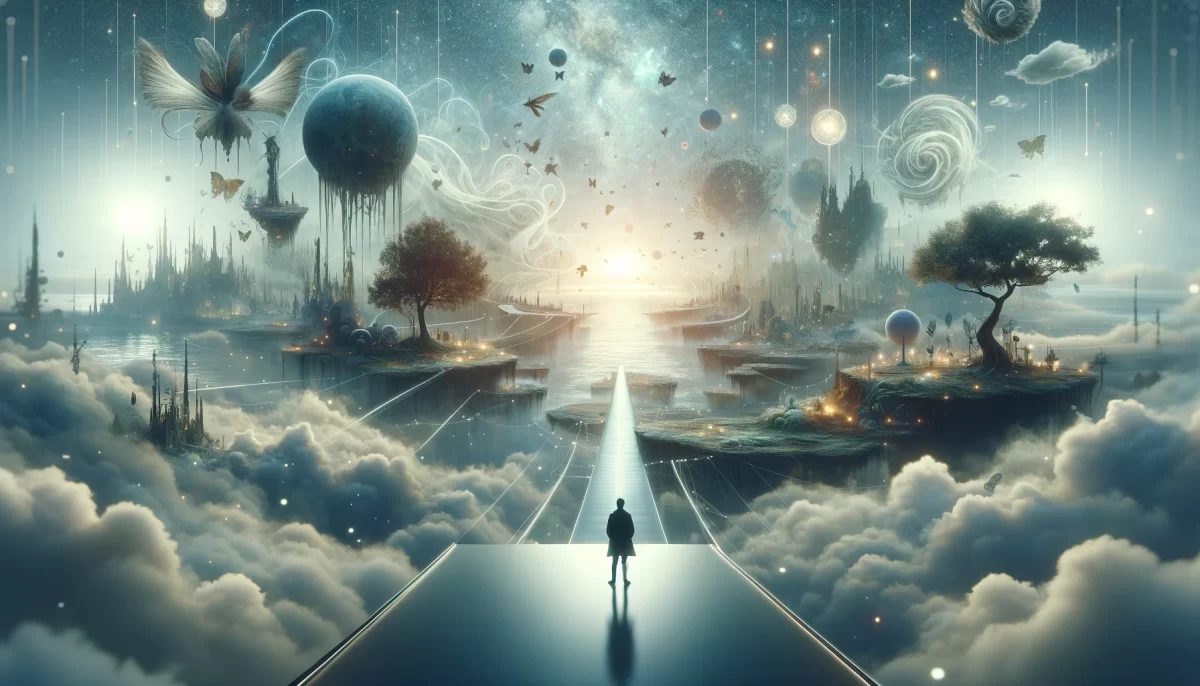
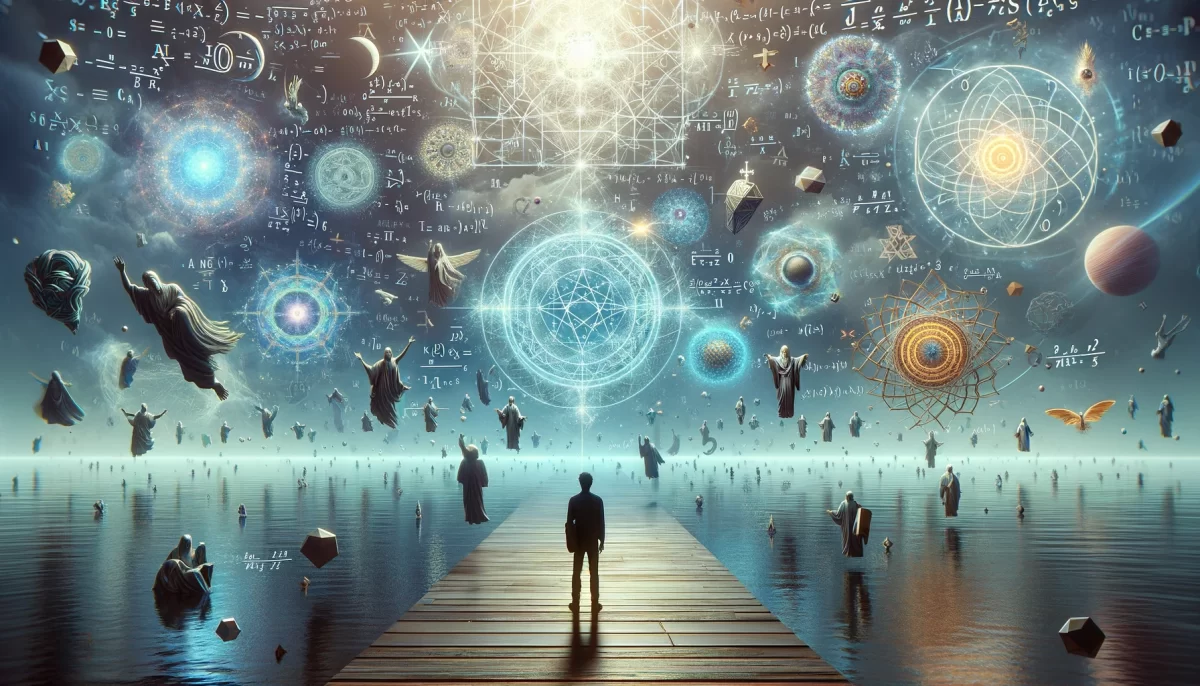
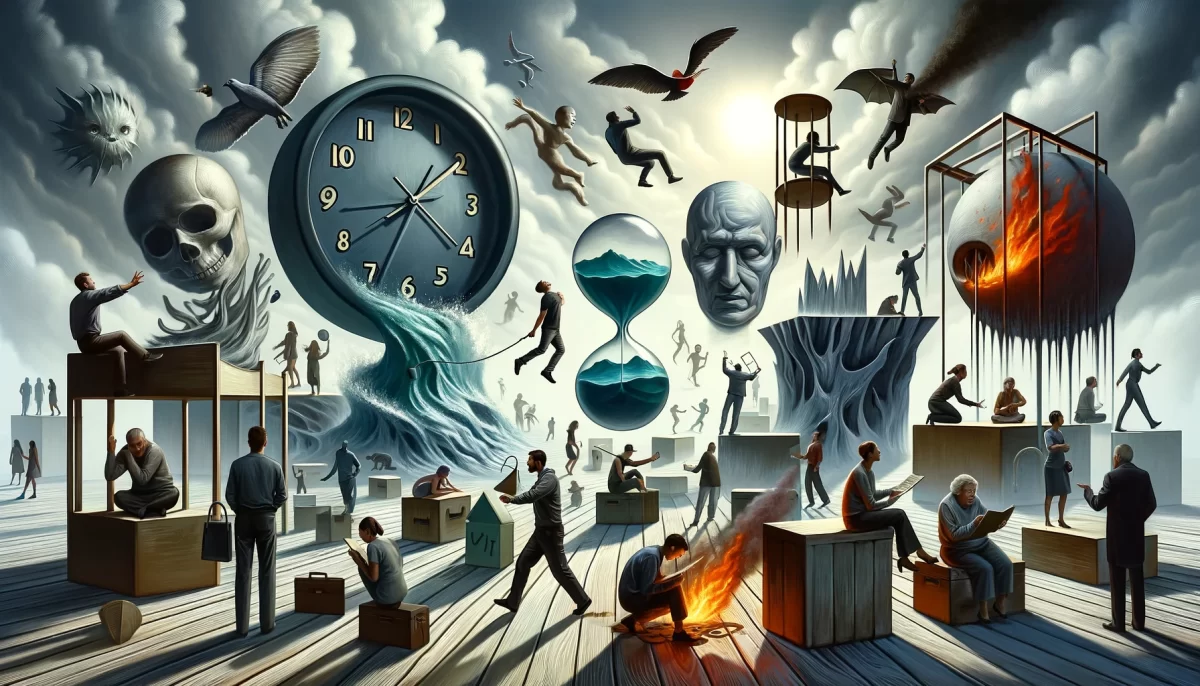
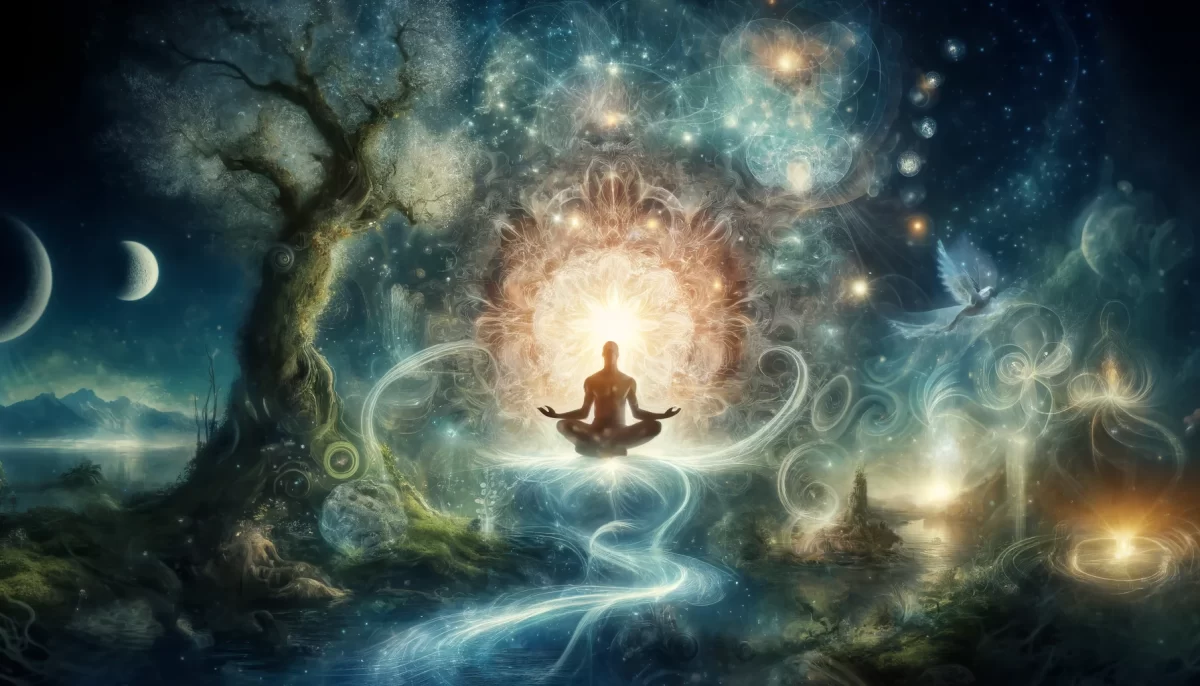

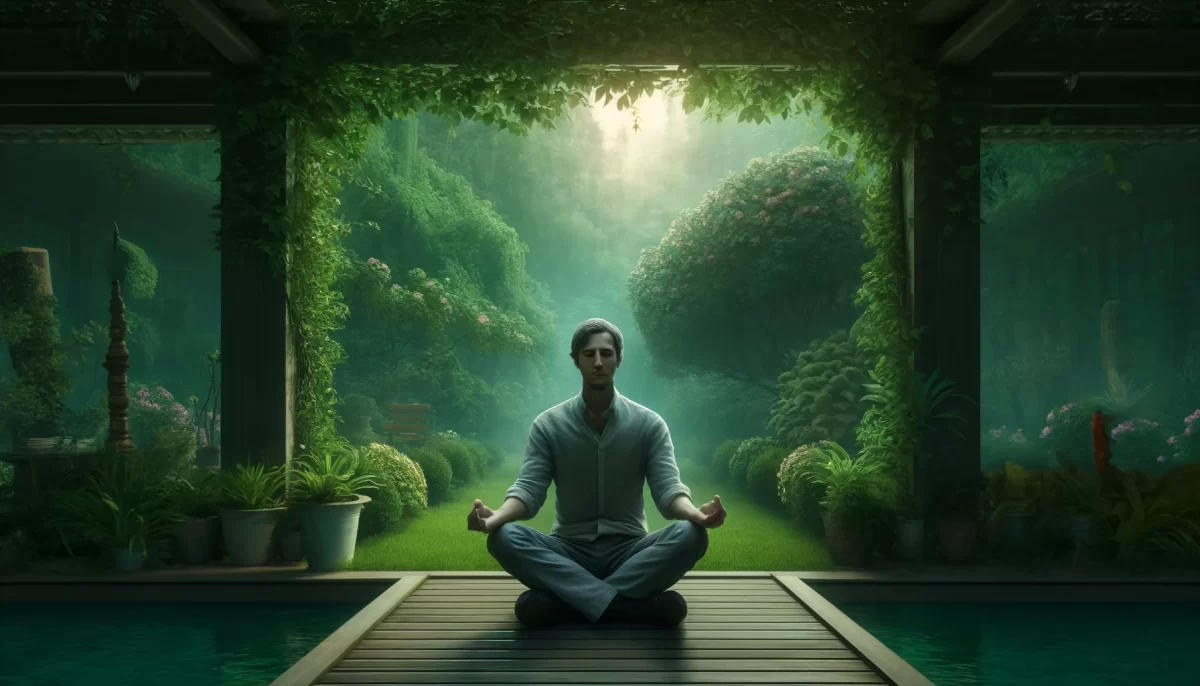
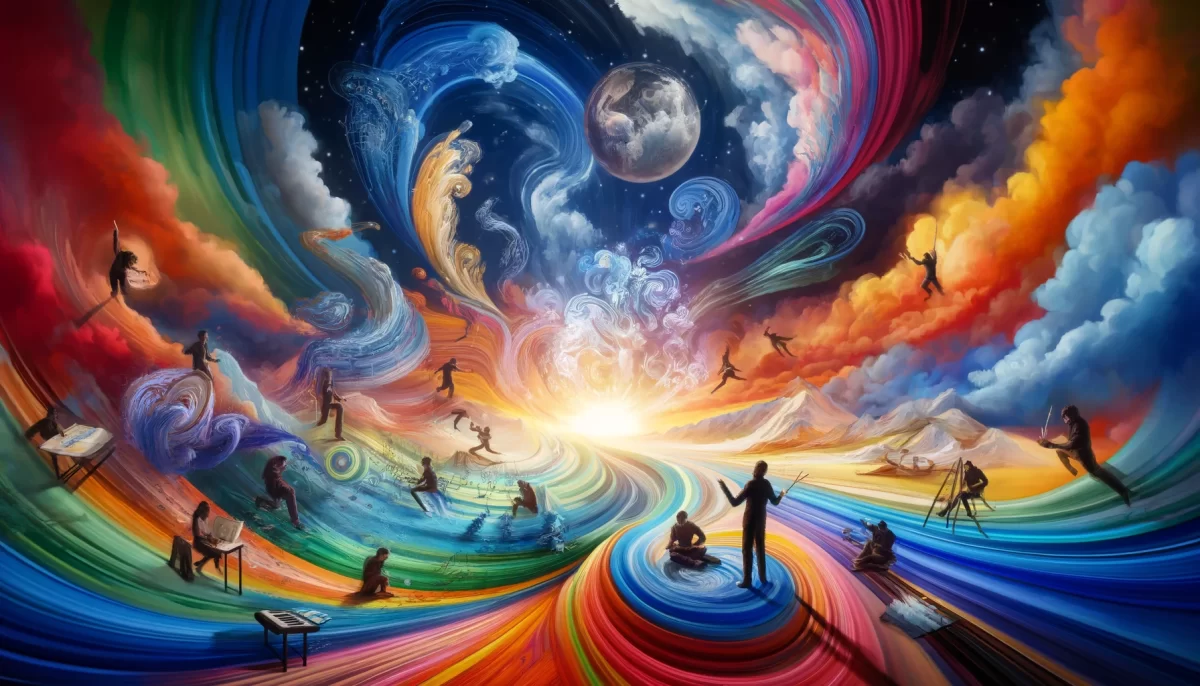
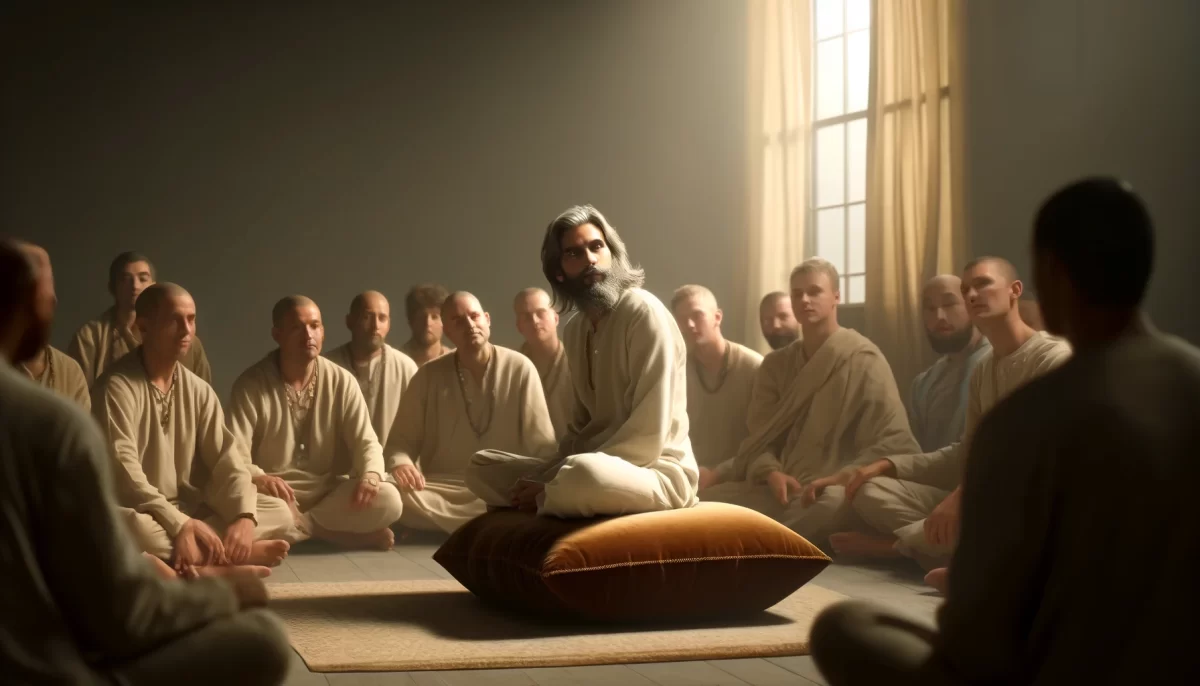
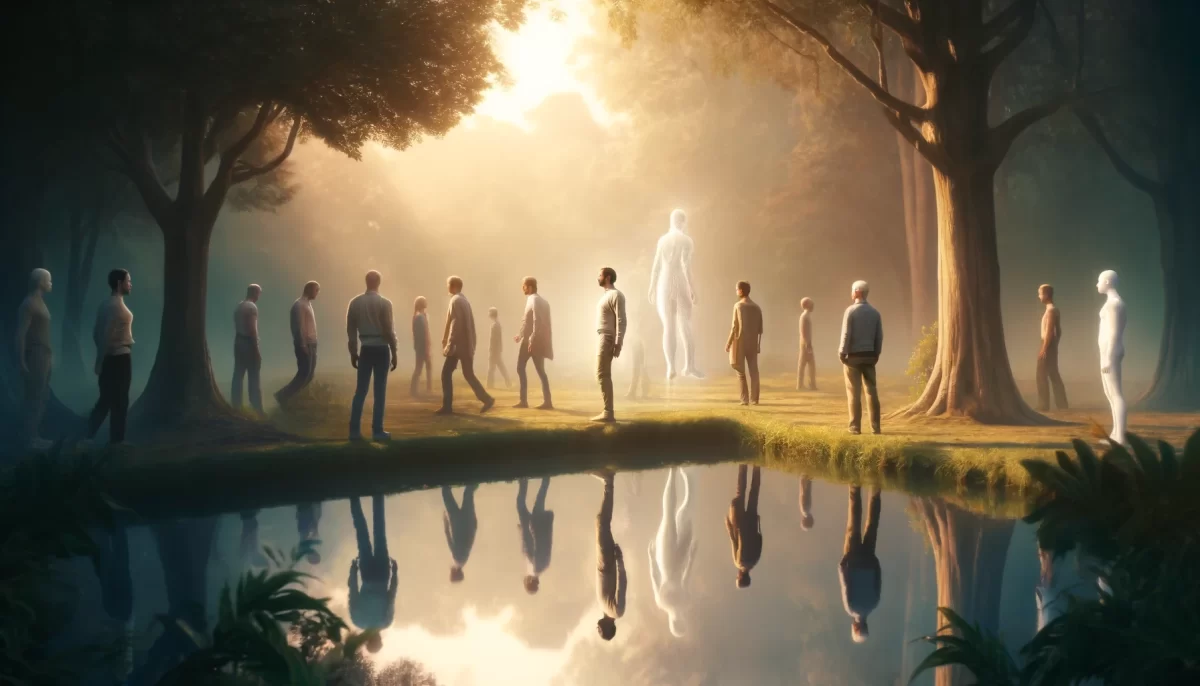



Leave a Reply